If you're gunning to be anywhere near the size of legendary bodybuilder and modern renaissance man Rich Piana, then you're going to need to eat a lot of food. An absurd amount - and have a training regimen to follow.
However, your body can't utilize what it can't absorb. Regardless of the Kill It-inspired level 9000 training intensity and ten-ingredient creatine supplements like Crea-TEN, if your body's gut isn't doing well or can't properly break down and digest proteins... you're not going to maximize your potential.
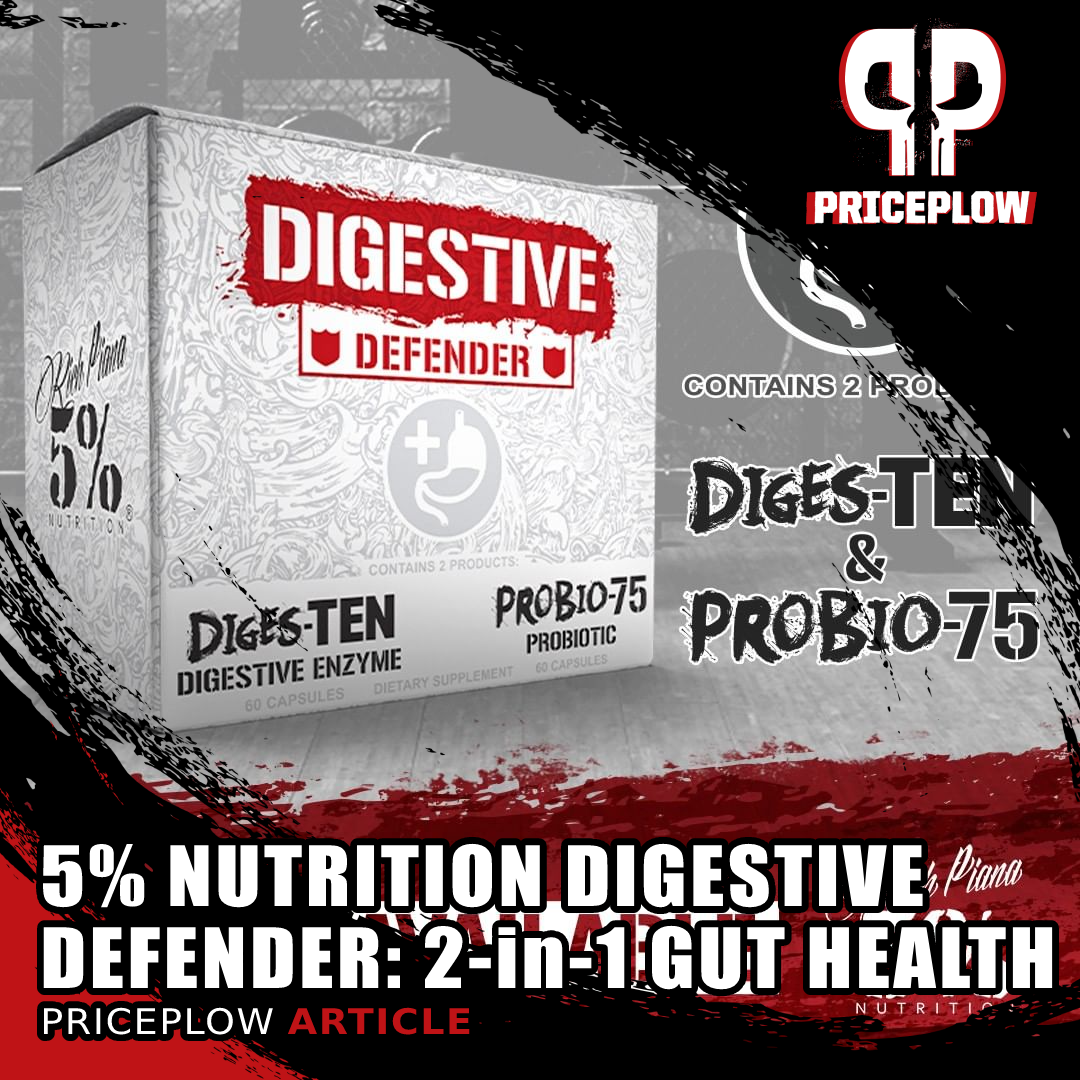
5% Nutrition Digestive Defender is actually two supplements in one kit, all built to protect gut health for those massive Rich Piana style meals!
5% Nutrition has a new kit that's actually a pair of supplements to help with your gut health and digestion:
5% Nutrition's Digestive Defender: Two Supplements in One Package
Meet the unique Digestive Defender package from 5% Nutrition, which actually contains two different products:
- Probio-75 - A probiotic supplement with a massive 75 Billion CFU dosage
- Diges-TEN - A digestive enzyme supplement
In this article, we break down both supplements in two different sections. 5% Nutrition's kept us busy, so before we get into the details, check our coupon-powered prices below and sign up for our 5% Nutrition news:
Rich Piana 5% Nutrition Digestive Defender – Deals and Price Drop Alerts
Get Price Alerts
No spam, no scams.
Disclosure: PricePlow relies on pricing from stores with which we have a business relationship. We work hard to keep pricing current, but you may find a better offer.
Posts are sponsored in part by the retailers and/or brands listed on this page.
Digestive Defender: Two Supplements in One Package
Again, Digestive Defender is two different products:
Both come in two capsule servings and are meant to be taken once daily, with or without food. They are covered individually below:
5% Nutrition Probio-75 Ingredients
5% Nutrition's probiotic + prebiotic + gut health blend brings the following in two capsules:
-
SL14 Probiotics Blend - 75 Billion CFU
SL14 is a probiotic blend that includes a long list of strains: Lactobacillus acidophilus, Bifidobacterium breve, Lactobacillus fermentum, Lactobacillus rhamnosus, Lactobacillus gasseri, Lactobacillus plantarum, Bifidobacterium lactis, Lactobacillus casei, Lactobacillus paracasei, Lactobacillus salivarius, Bifidobacterium longum, Bifidobacterium bifidum, Bifidobacterium infantis, and Streptococcus thermophilus.
While we can't dig into the research on every last component, we can comment on their general effects. First, it's important to define probiotics as living microorganisms that consist of healthy bacteria and help restore beneficial bacteria levels in the gut.[1] Different strains have different metabolisms of their own, leading to different benefits inside of your gut.
The measurement unit "CFU" stands for colony forming units, which tells us the total number of viable cells inside at the time of manufacturing.[2,3] As always with 5% Nutrition, Rich Piana's brand has a "go big or go home" attitude, with a massive number of viable cells that's 3-4x larger than the average supplement we see!
Probio-75 primarily includes two of the most common families of probiotics, Lactobacillus and Bifidobacterium.[1]
-
Lactobacillus
The lactobacillus family treats numerous conditions, including (but not limited to):
- Assists with digestive disorders like IBS, ulcerative colitis, and Crohn's disease[4-7]
- Immune system improvements[8,9]
- Increases ATP generation (better cellular energy)[10]
- Improves antioxidant status[11]
- Cholesterol reduction[12]
- Lung and inflammation conditions[13]
- Improved dental health[14]
- Skin condition improvements[15]
-
Bifidobacterium
The bifidobacterium family has been shown to help more specific gut issues:
- Reduction of diarrhea, gas, IBS, and allergies[16,17]
- Less bloating and reduced abdominal discomfort[18]
- Better overall digestion and mineral uptake[19,20]
- Useful against ulcerative colitis[21,22]
- Immunity support[23]
- Helps treat lung infections (and other inflammatory problems)[13,24]
-
Streptococcus thermophilus
Finally, there's also Streptococcus thermophilus, which has been demonstrated to be effective against severe colorectal diseases.[25]
All in all, this is a fantastic blend at a huge dosage.
-
-
Prebiotic Blend
Alongside the probiotics are the prebiotics, which provide fuel for the gut bacteria to utilize.[26] 5% Nutrition includes the following:
-
Fructooligosaccharides (NUTRAFLORA FB P-95) - 400mg
Fructooligosaccharides (also known as oligofructose or FOS) are non-digestible carbohydrates with unique structural properties that help the gut generate more short-chain fatty acids,[27] which are massively important to gut health.
In addition, they help improve mineral absorption,[28-31] which can greatly increase other areas of health such as bone mineral density.[28,32] In terms of gut health, it's the method that's useful -- FOS reduce colon pH.
In general, FOS has been shown to improve blood sugar levels, lipid profiles, and lower general disease risk.[27]
-
Xylooligosaccharide (PreticX 95%)
PreticX is a unique xylooligosaccharide (XOS) prebiotic supplement ingredient that also helps feed the existing probiotic bacteria to promote a better and more balanced gut microflora.[33] Animal models have shown that XOS also increases short-chain fatty acids, concluding that "XOS can alleviate colonic inflammation by regulating gut microbial composition and enhancing SCFA content in the gut."[34]
-
-
Gut Health Blend
Probio-75 doesn't only have prebiotics and probiotics, there are also some traditional herbal dietary supplement ingredients included as well!
-
Ginger Root Extract (5% Gingerols) - 50 mg
Long used to treat gut issues (and used by Mom in the form of ginger ale), ginger actually works incredibly well in treating nausea.[35-45]
It works by speeding up the gastric transit of food in the digestive system,[46] helping nauseous users get over their sickness more quickly. Additionally, ginger often helps lower flatulence (gas) by breaking up the gas and reducing pressure in the lower esophageal sphincter.[47]
-
Licorice Root Extract 4:1 - 50 mg
Licorice root is another herbal ingredient that's traditionally used to treat gastrointestinal issues. It has been demonstrated to improve digestion and reduce nausea,[48] reduce gut-born infections,[49] and even reduce ulcers.[50]
-
Peppermint Powder - 25 mg
The third in the trio of traditional ingredients in Probio-75, peppermint has been used to treat IBS and abdominal pain,[51,52] making for a perfect final addition to the supplement. It may also improve the smell of the capsules, which is never a bad thing.
-
Diges-TEN Ingredients
In two caps, you get the following digestive support complex:
-
Dynamic Digestion Blend
-
Betaine Hydrochloride - 100 mg
Diges-TEN is no standard digestive enzyme supplement, but has many of nature's best ingredients too!
Far different from the betaine anhydrous you see in ergogenic pre-workout supplements, betaine hydrochloride is used for the "re-acidification" of the gastrointestinal system by lowering gastric pH.[53] Betaine HCl is very acidic, and this is a good thing - indigestion often occurs when acid is too low, although too many treat it as if it feels too high.
Hydrochloric acid (HCl) is an acid produced in the stomach naturally that activates pepsin.[54] This keeps a healthy gut flora balance, and you don't want to be low on this critical molecule.
-
Ox Bile (Bovine) - 100 mg
Ox bile is used to help the gallbladder with the processing of fats (and this is actually a critical supplement that many take if they've had their gallbladder removed).[55]
There are numerous types of animal bile, but ox bile has always been an easily-harvested and readily-available source that works incredibly well in humans.
-
-
Protein Breakdown Blend
We often see protease in digestive enzyme blends, but 5% Nutrition takes it further with the following collection of four different types:
-
Proteases - 152 mg
The "standard" protein digestive enzymes used to improve protein breakdown, digestion, and absorption. They even can help reduce the damaging effects from hard exercise and muscle soreness, improving recovery.[56,57]
-
Bromelain - 150 mg
Bromelain is an enzyme found in pineapples that helps assist protein digestion (this is often why pineapple is paired with meat in native / traditional cooking in warm climates). It allows for better absorption through the intestines and helps improve antioxidant absorption and activity.[58,59]
You often see it in anti-inflammatory supplements since it's been shown to reduce knee pain,[60] and it's also in allergy supplements since it can help with sinus issues as well.[61]
-
Pancreatin - 65 mg
Pancreatin is actually a mixture of amylases, proteases, and lipases made by the pancreas when digesting food.[62] It includes a protease named trypsin, which is good for hydrolyzing additional types of proteins.
-
Papain - 65 mg
Another fruit-borne protease in Diges-TEN, papain is most commonly found in papaya, another fruit that's used to cook meat. It has numerous uses (including teeth whitening[63] and drug-test adulteration![64]) but for our case, it greatly assists protein digestion (especially with certain types of ulcers) and is also known as papaya proteinase I.[65]
-
-
Carbohydrate Breakdown - Amylase - 108 mg
Amylase is an enzyme that breaks down carbohydrates, and it's actually found in the saliva where it immediately begins to cleave starches into more simple sugars.[66] Although it's also found in the intestine, it goes to show that digestion begins in your mouth, so chew your food properly!
-
Fat Breakdown - Lipase - 70 mg
Working with the ox bile is lipase, the digestive enzyme that assists with lipid digestion.[67]
-
Fiber Breakdown - Cellulase - 26 mg
Plant fibers such as cellulose are often difficult to digest, and cellulase assists with those. They break the cellulose molecule down into monosaccharides, which are simple sugars.
-
Milk Sugar (Lactose) Breakdown - Lactase - 43 mg
Anyone who's lactose sensitive knows that adding some lactase, the digestive enzyme that breaks down lactose, can greatly reduce GI issues, as lactose intolerance is sometimes caused simply by lactase deficiency.[68]
This may help you digest dairy far better, although it likely won't help those who are strongly or severely lactose intolerant.
-
Digest Best Blend - 190 mg
The Digest Best Blend includes Ginger Root, Turmeric Powder, Organic Apple Cider Vinegar, Cayenne Pepper Fruit Extract, and Artichoke Leaf Powder.
We covered ginger in the Probio-75 section, and it's great to see more of it included. Apple cider vinegar is often used for its acidic content, helpful alongside betaine HCl when acid levels are too low.
Every time we write about artichoke leaf extract, we come away impressed. It's been shown to improve lipid levels by safely increasing HDL cholesterol (where pharmaceuticals have failed), but also has long-standing use for digestive and bowel problems.[69]
Dosage
As mentioned above, both supplements come in their own bottles, and each is a two capsule serving. You can take them all at once, but if you do AM/PM supplement dosing, you could also consider splitting them into one capsule of each at a time.
Digestive Defender Hits all Angles

Love carbs and need to drive them home? Then join the FREAK SHOW
As always, 5% Nutrition employs the "go big or go home" route, with a massively dosed probiotic supplement in Probio-75. Too many of these supplements ignore digestive enzymes, or underdose them, but Diges-TEN brings them in a big way by adding additional natural ingredients like papain and bromelain, which we're not seeing too frequently in the plethora of gut health supplements released lately.
As covered in our 5% Nutrition news page, this brand is insanely busy, and we repeatedly state that Rich Piana would be incredibly proud -- and we absolutely mean that.
You can't absorb and utilize what you can't digest, so if you don't think you're getting the most from your diet, then consider going all in with the 5% Nutrition's Digestive Defender to hit prebiotics, probiotics, digestive enzymes, and everything in between.
Rich Piana 5% Nutrition Digestive Defender – Deals and Price Drop Alerts
Get Price Alerts
No spam, no scams.
Disclosure: PricePlow relies on pricing from stores with which we have a business relationship. We work hard to keep pricing current, but you may find a better offer.
Posts are sponsored in part by the retailers and/or brands listed on this page.
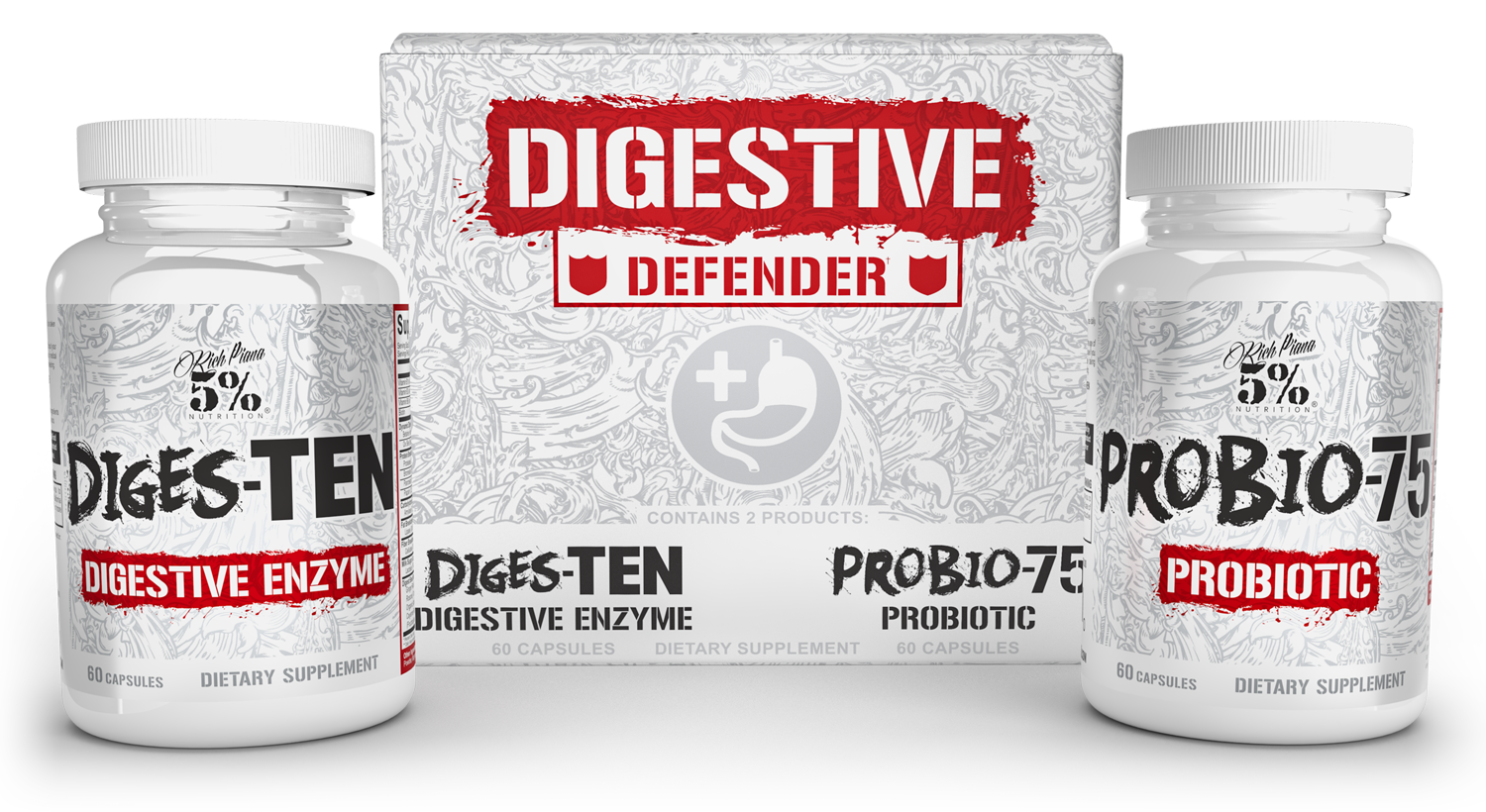
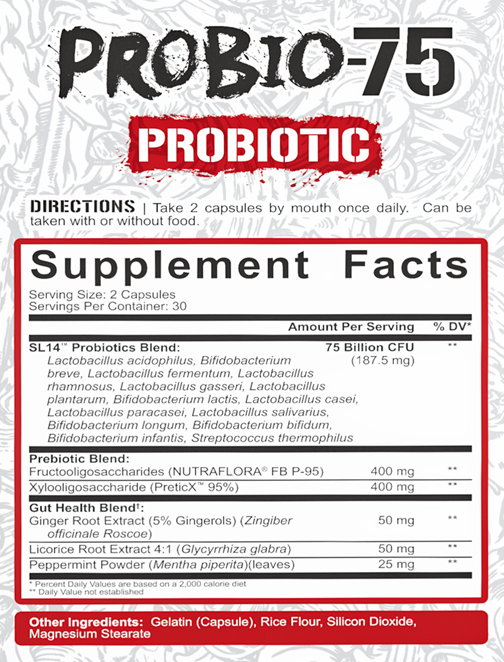


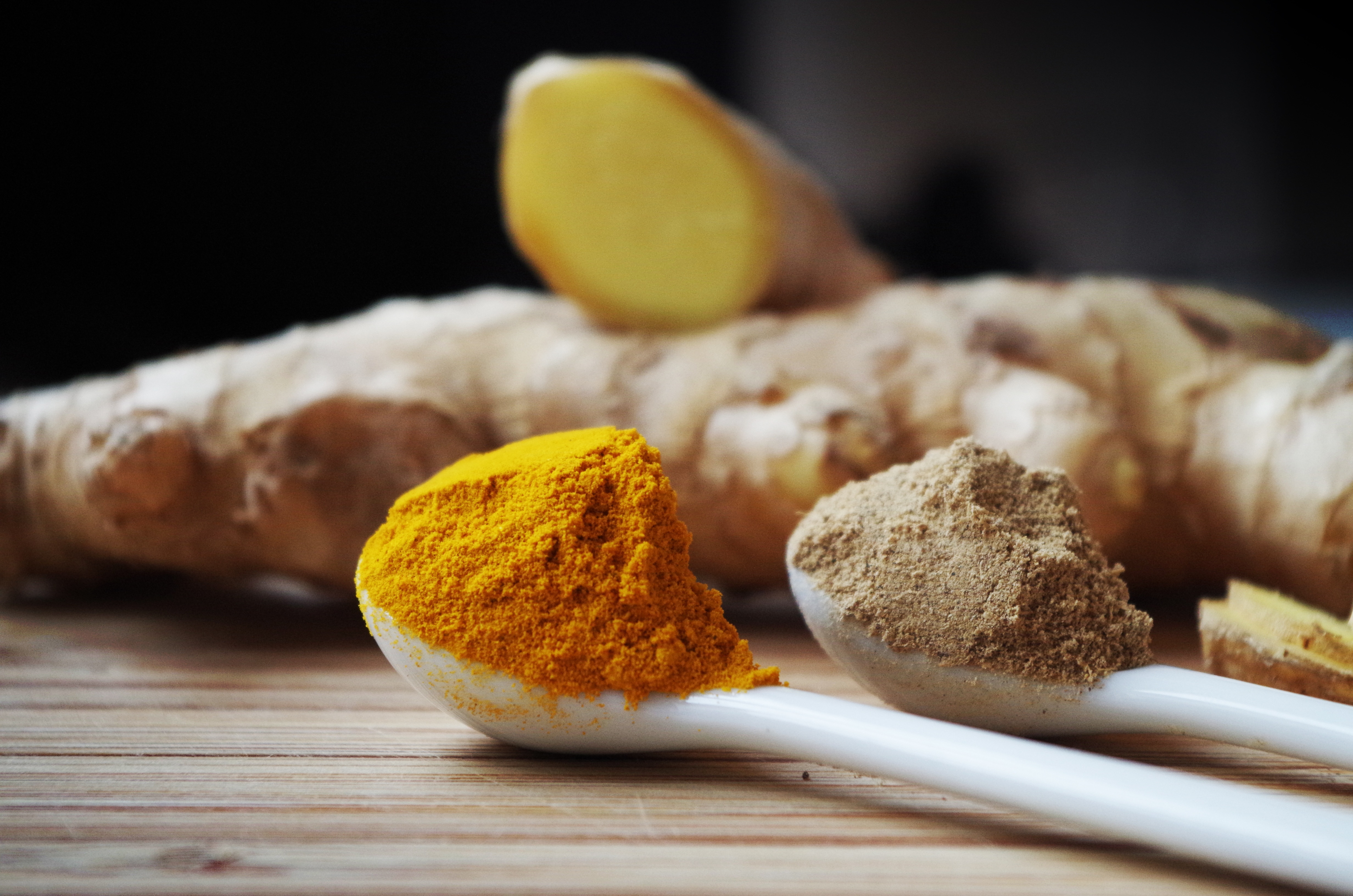
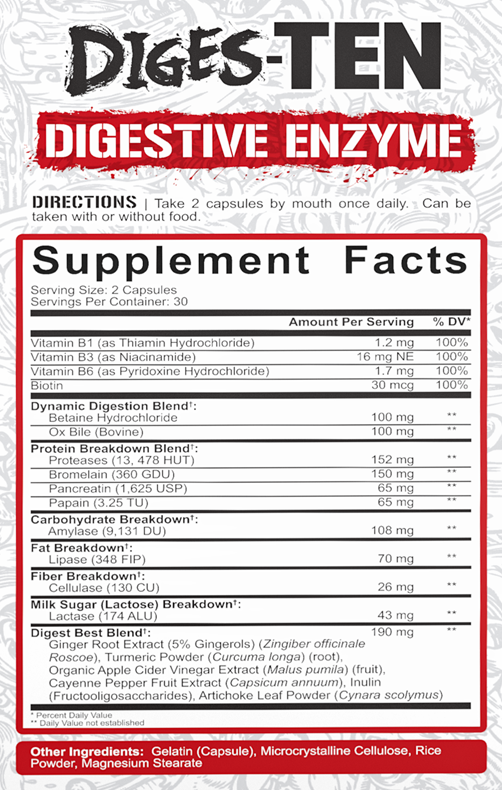
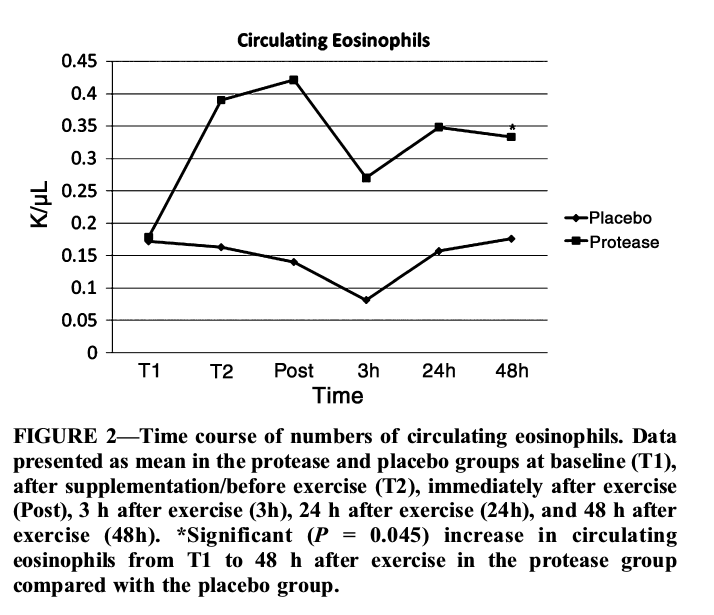

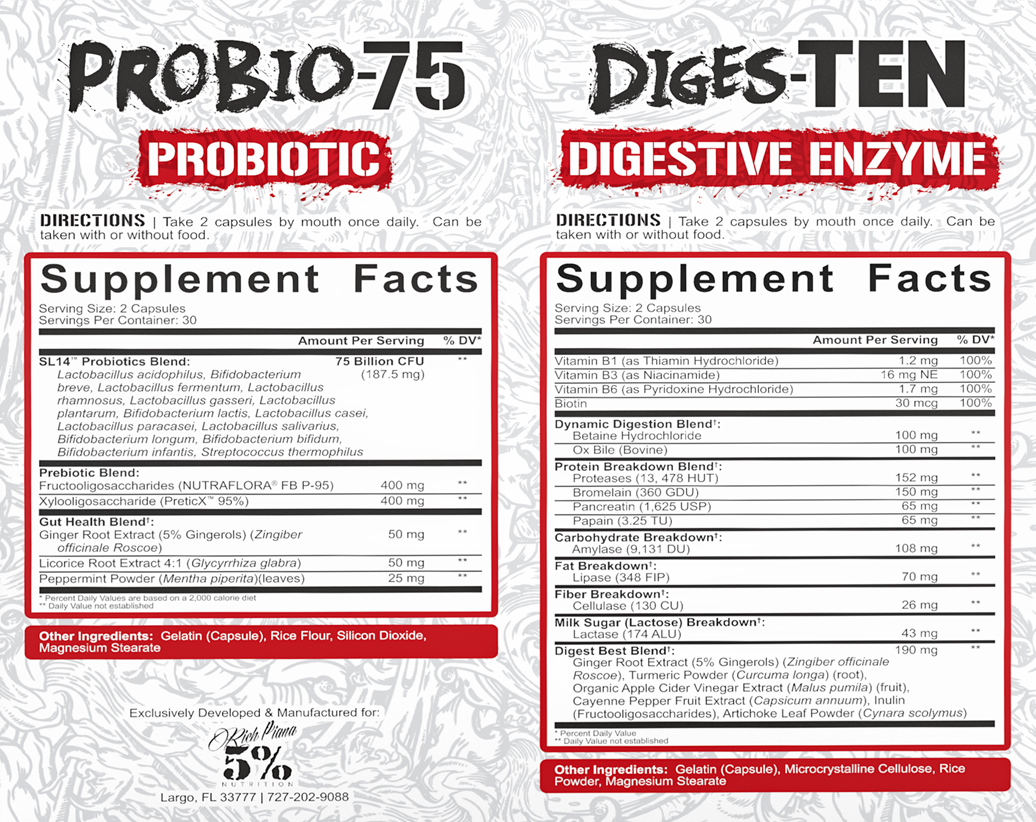


Comments and Discussion (Powered by the PricePlow Forum)